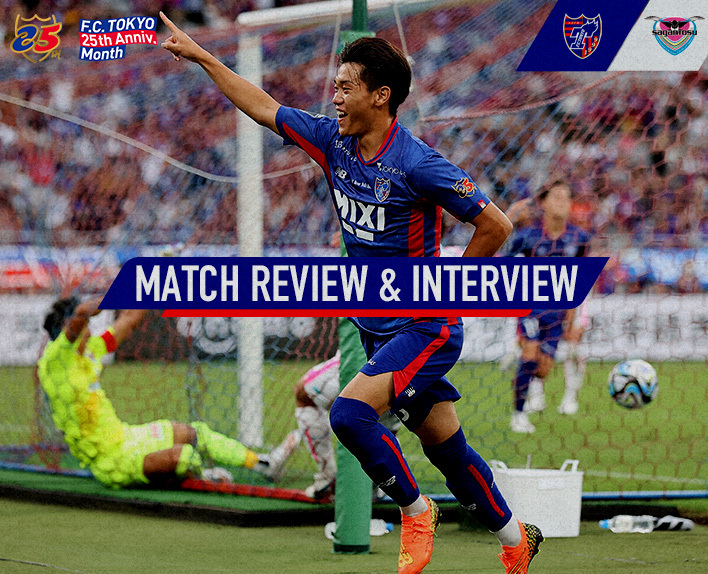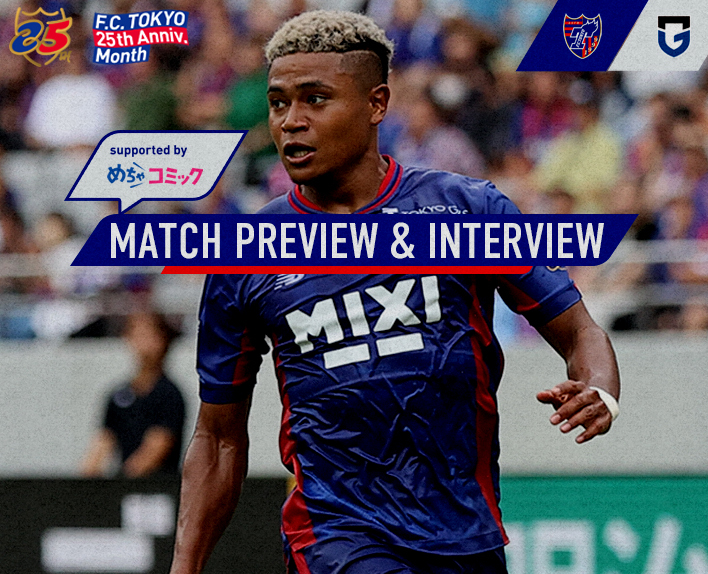In the early hours of December 4, 2010, even after the date changed to the 5th, restaurants and bars in Kyoto were filled with drunken Tokyo fans and supporters, in a terrible state. In the final match of the J1 League, the 34th round, which would secure their spot in the league if they won, they lost to Kyoto Sanga F.C. and fell to 16th place, swapping places with Vissel Kobe. In the end, Yohei KAJIYAMA, who was supposed to build up the game, kicked a long ball from the defensive line but it did not lead to a finish, and in a chaotic and desperate state, their relegation to the J2 League was decided.
The cause of relegation may have been carelessness. In the last 10 games, the record was not particularly bad with 4 wins, 3 draws, and 3 losses, and at the end of the 33rd round, they were in 15th place, within the relegation zone. Although a draw in the final round was not enough, they could secure their place in the J1 league with a win, so there was little sense of crisis. However, when they faced the final round in a situation where they had to win, the tension was greater than expected, and they ended up unable to perform as well as they normally would.
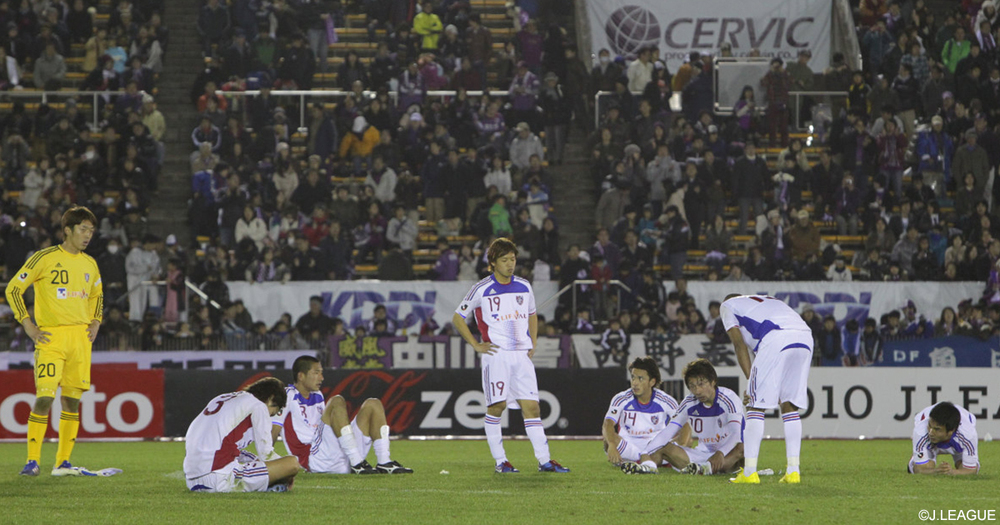
It was the 2011 season when they aimed to return to the J1 league in one year, but the performance of the three newly acquired Brazilian players did not improve. In addition, the team's aerial style was shattered due to the injuries of target men Sota Hirayama and Daiki Takamatsu, and after the 5 games following the resumption of the season after the Great East Japan Earthquake, they fell into a slump with only one win, two draws, and two losses against Kataller Toyama. The sense of crisis heightened and Naotake Hanyu and others advised then coach Kiyoshi Okuma (who took over for the second time in the middle of the 2010 season) to switch to a ground-based style focused on ball possession. This led to a situation where they had to change their way of playing during the season.
However, this was a turning point. In the league, they gradually showed their stable strength and secured promotion to J1 at Tottori without waiting for the final round. Furthermore, they achieved victory in J2 at Ajinomoto, and continued to mature as a team with that momentum. After defeating Urawa Reds in the quarterfinals on December 24th, Shuichi Gonda's press conference showed the team's level of satisfaction.
The Emperor's Cup final, which was held on January 1, 2012, was a match against Kyoto, a rival from the time of relegation. The coach, Takeshi OKI, took over from Yutaka AKITA and faced a difficult opponent, but Tokyo surpassed them in completeness and player quality, and despite conceding the first goal, they won 4-2. The long-awaited dream of coach Daiki OKUMA, who said "I wanted to take them to Asia," came true. They achieved their first victory and secured their first appearance in the AFC Champions League (ACL) as a club, shaking off the nightmare in Kyoto over the course of a year.
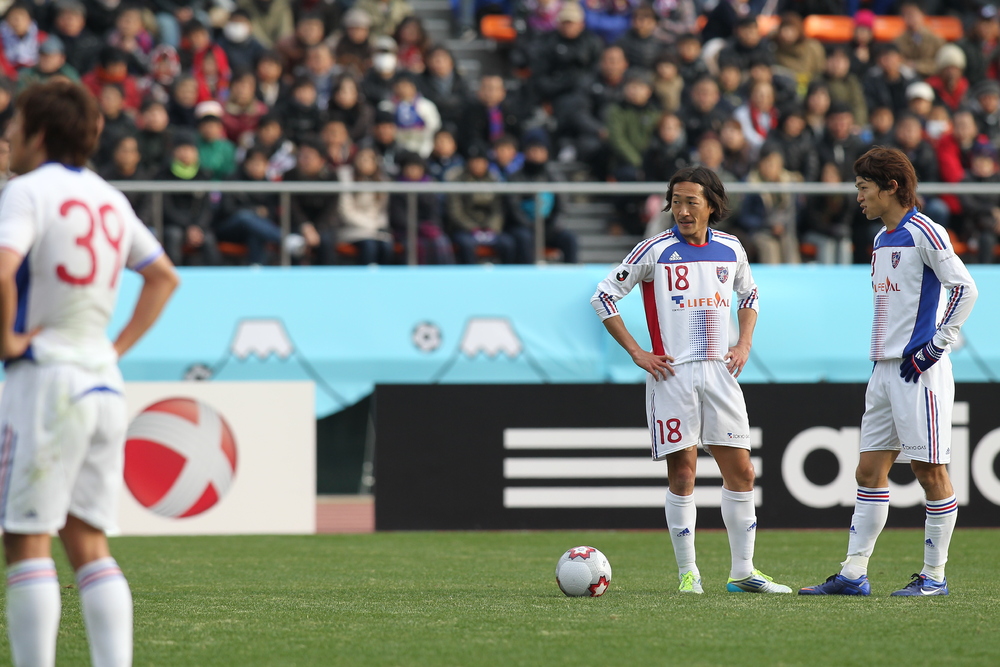
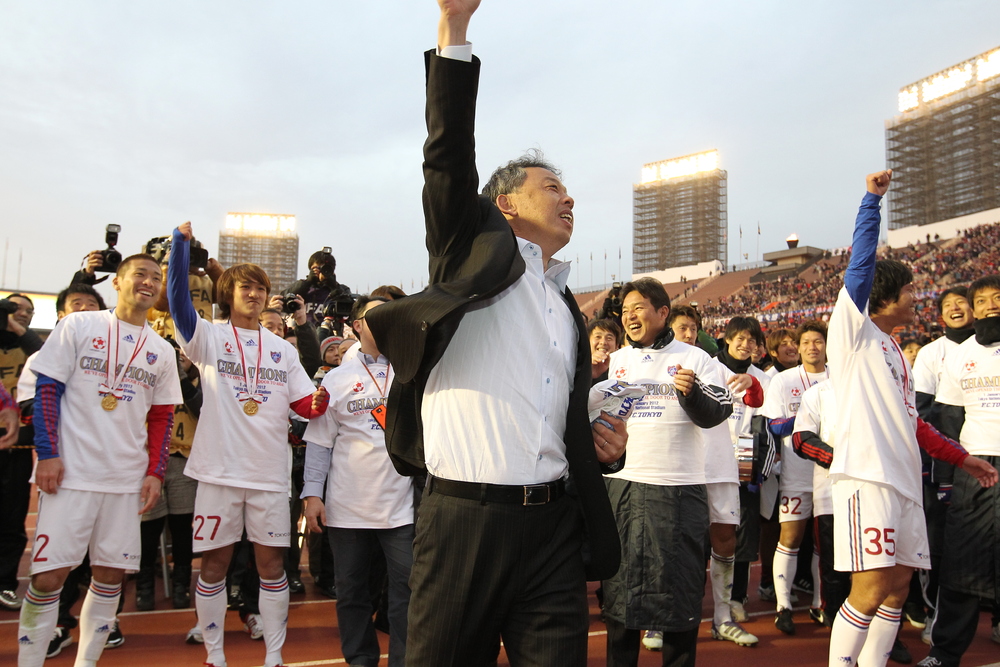
October 1, 1998 was the day when the team slid from the old JFL to the J2 League and aimed for the top of the J1 League. However, after being relegated to the J2 League in 2010-2011 and winning the championship, Tokyo learned the lesson that they must have a high awareness of points and style in order to establish themselves in the J1 League and aim for the title. As the club celebrates its 25th anniversary on October 1, 2023, both as a club and as fans and supporters, the goal is always to secure a spot in the ACL or win the title.
The pain of relegation from the J2 League was not in vain. As a result of Kyoto's bitter night, Tokyo's history entered a new stage aiming for a stronger position.
Text by Wataru GOTO (Freelance Writer)
【25 Years of History】Special Column is here
25 Years of History vol.1 Things We Must Not Forget
25 Years of History vol.2 The Road to Our First Title
25 Years of History vol.3 Blue Tokyo





